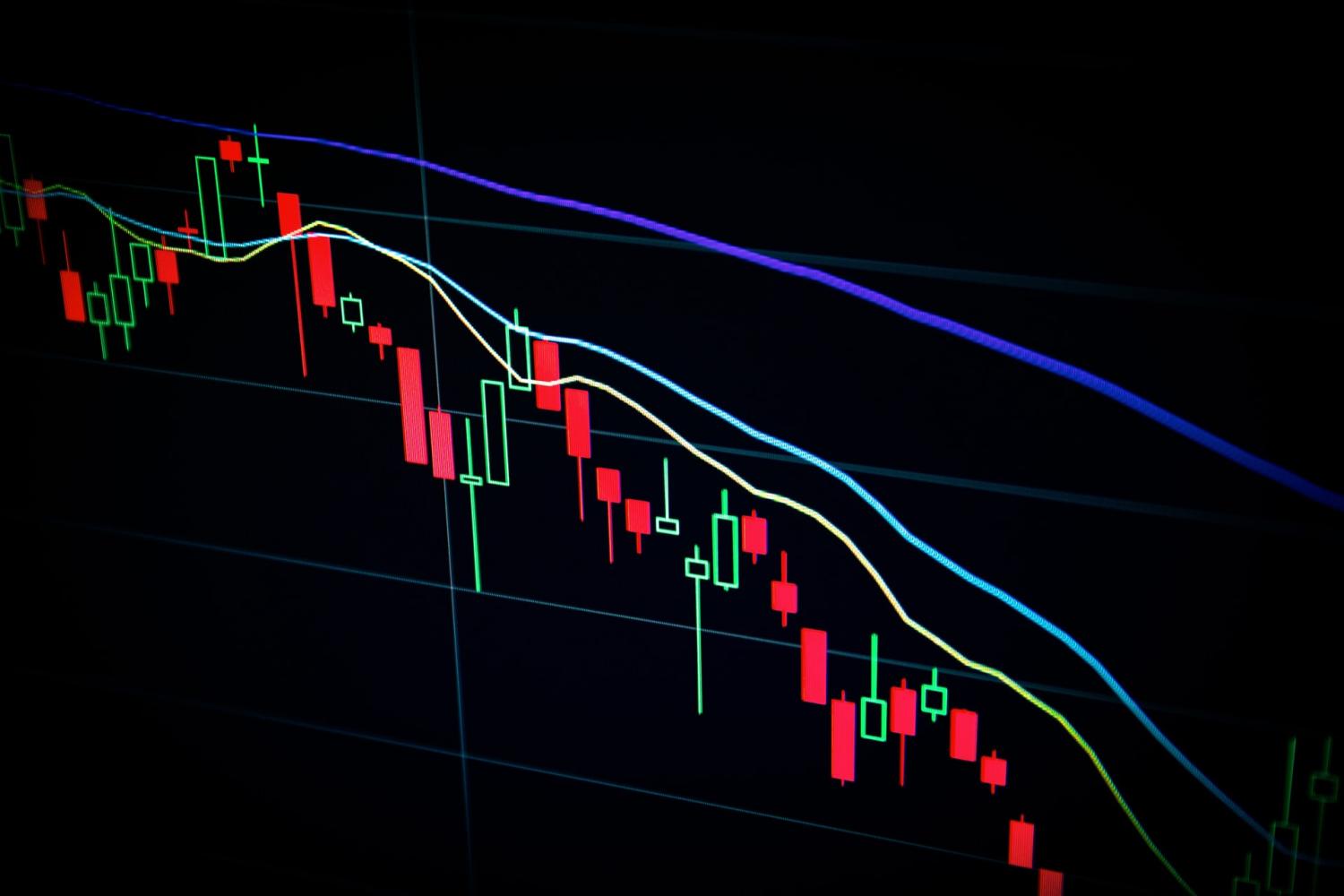
Cryptocurrency offers the world a transformative new financial instrument. It’s the first global currency. The currencies themselves are encrypted strings of data that relate to a single unit of currency. It’s digital money that’s organized through a blockchain. The blockchain is the ledger that stores transactions, and it’s built using cryptography that’s impossible to change after transactions are created. While there’s considerable benefits with cryptocurrencies such as Bitcoin, the process of creating new coins comes with environmental costs. Pushing the industry towards a more sustainable future will require a host of changes and new developments.
Cryptocurrency mining, explained
Creating new Bitcoins requires mining. Mining involves computers solving complex equations that produce new coins over a certain amount of time. Bitcoins and other cryptocurrencies are digital records, so there’s a risk of someone creating copies or counterfeits. Mining prevents such actions because it requires more money and time to “hack” the blockchain than it does to join a miner network. Mining also functions as governance over the blockchain. Since there’s no bank or government in charge of Bitcoin, mining creates a consensus known as a proof of work (PoW) that serves as validation for transactions on the blockchain. The reward for performing these proofs is received in Bitcoin, which then fluctuates continually in price.
Mining requires individuals to solve complex mathematical puzzles with special devices called application-specific integrated circuit devices, or ASICs. Miners work together to pool computing resources to solve the puzzles faster, because the first miner to successfully complete the algorithm receives a certain amount of the Bitcoin’s value. The difficulty of mining changes over time. In the earliest days of Bitcoin, someone could run a mining program from their PC and create a meaningful number of coins. As the network grew and more people and groups took up mining, the algorithm for Bitcoin creation also grew in complexity. The system is designed to find a new “block” every 10 minutes. If there are millions of miners instead of thousands, then the difficulty must increase exponentially to hit that 10-minute target.
The downside to the ever-increasing mining process is the required energy consumption and mixture needed to power the mining equipment. Thankfully, there’s new developments in technology, regulations, and the promise of newer types of mining that can push the industry towards a more sustainable future.
Cryptocurrency mining requires energy
As organizations including Fitch Ratings have pointed out, electricity comprises up to 90 percent of crypto mining costs, which puts their business models at risks due to volatility in the market. As most electricity generation still comes from fossil fuels, crypto mining’s energy usage creates a significant environmental problem. Reports such as this recent profile on the Washington Post also show how crypto plants can generate noise pollution and have an adverse affect on local communities’ quality of life, especially during the night when these data centers take advantage of off-peak utility rates.
Within the context of climate change and energy efficiency, Bitcoin mining stands out as a massive use of electricity-related resources. This is because miners engage in computational “races,” where the first to solve Bitcoin puzzles earns the prize of actual Bitcoin. It’s a fair process, but it’s one that drives massive demand for large-scale operations with hundreds of computers and cooling equipment. Bitcoin’s proof-of-work structure reinforces this demand in a loop.
Miners need to balance several costs and conditions, including the cost of electricity for running and cooling the equipment, the efficiency of the system’s calculations, the time spent mining compared to the reward, and the current value of Bitcoin. In areas where fossil fuels or other inefficient and “dirty” sources are used to generate electricity, mining can contribute to local pollution and broader climate change. To remain profitable, miners look for ways to cut their costs, and are turning towards alternative energy sources and other practices to reduce their mining expenses.
Potential solutions for making cryptocurrency more sustainable
As Bitcoin usage becomes mainstream by the broader public and financial institutions, there’s increased attention paid to the environmental consequences. While some countries ban mining, these actions shift the mining to other countries, and don’t address the environmental impacts of mining at a global scale. To change these impacts the mining industry and governmental bodies need to take a different sustainable approach that could involve the following steps.
Regulatory requirements including more transparency about the environmental impacts of crypto as well as carbon taxes for those mining operations utilizing fossil fuel energy sources. This could include more transparency about energy usage and sources, carbon taxes, and other similar efforts. For example, a securitized carbon market could mean a crypto mining company could purchase credits from another firm to offset emissions or transition to green energy sources and earn money from selling its own credits.
The use of alternative fuel sources such as solar and hydropower. Some firms leverage hydropower by installing mining equipment directly at hydropower plants, to reduce operational costs and lower pollution outputs. Hydropower is stable and reliable (solar does not work at night), and provides steady and lower-cost power.
Mining firms can offset their emissions and energy usage by partnering with a reputable carbon offset program that conducts reforestation and other efforts.
Improvements in the efficiency and electricity usage of mining equipment can lower the environmental impacts. For example, Intel offers improved ASICs it’s calling “blockchain accelerators” which promises to increase computational speeds at a considerably lower energy requirement.
Changing the mining procedures of Bitcoin and other cryptocurrencies to a proof-of-stake method uses much less computing power. Other methods include proof-of-history or proof-of-burn, which contrast to the energy-intensive current methodology called proof-of-work. Ethereum will eventually transition to proof-of-stake, a move that’s calculated to reduce energy consumption by 99.95 percent.
Different approaches to cryptocurrency mining
Another way to improve cryptocurrency mining’s sustainability is to change the mining process. Miners DeFi is a startup taking a novel approach to reducing mining’s environmental impacts. It’s a utility token that supports a decentralized collective for hydropower and clean energy bitcoin mining. This collective uses transaction fees for growth, with some paid out in BTCB (Binance-Pegged Bitcoin) and another percentage used to purchase hydro-powered mining rigs that mine Bitcoin for the collective. It leverages the efficiency and availability of hydropower and partners with firms like Cyberian Mine that offer mining in Siberia leveraging techniques such as natural cooling due to the area’s low ambient year-round temperatures and abundant hydropower.
Ideally, the Bitcoin mining community will embrace new ways to reduce their environmental impacts that also translate into higher profits. Advances in hydropower and solar, ways to incentivize miners such as carbon markets and new mining equipment can all reduce waste and improve sustainability. Miners can reduce consumption while continuing to provide valuable cryptocurrency that are integral to daily life and global economies.
Interested in having your voice heard on 3p? Contact us at editorial@3BLMedia.com and pitch your idea for a guest article to us.
Image credit: Maxim Hopman via Unsplash















